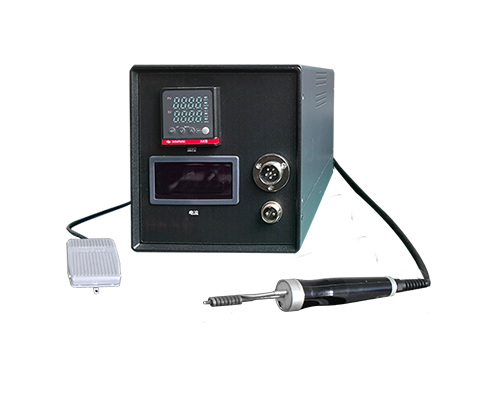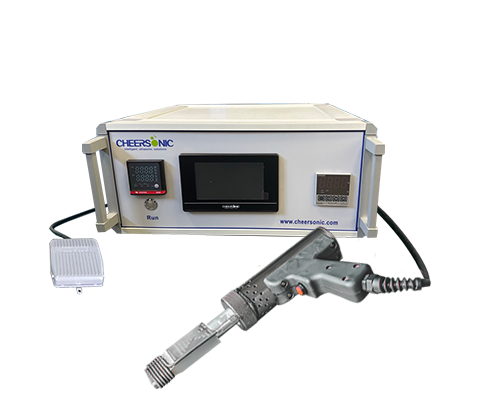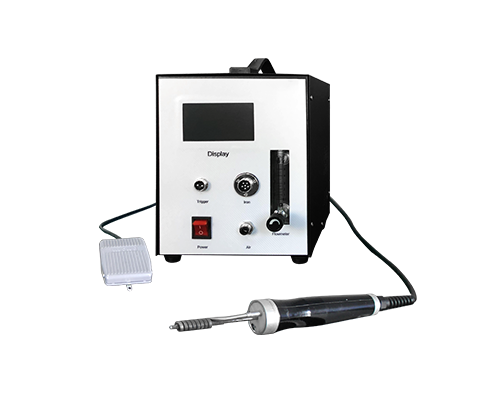In the consumer electronics and smart sensing sectors, core components such as MEMS sensors and silicon microphones are evolving towards micron-scale, high-integration capabilities. The solder joints of these devices often have diameters less than 0.2mm, with some even less than 0.1mm. These devices are often surrounded by heat-sensitive components and flexible substrates, placing stringent demands on the soldering process: zero contamination, low heat loss, and high precision. Ultrasonic precision soldering is the preferred solution to address these challenges.
Traditional soldering processes are often limited by the performance of micro-devices. The diameter of conventional soldering iron tips far exceeds the size of micro-solder joints, easily leading to bridging between adjacent joints. Mechanical pressure can also cause deformation of flexible substrates, resulting in defect rates exceeding 8%. Volatile flux from pre-applied solder paste can remain in sensitive areas, directly impacting device detection accuracy. Furthermore, traditional processes rely on high-temperature conduction, generating thermal stress that can cause subtle deformations in the MEMS sensor's internal structure, leading to signal drift or even failure.
Ultrasonic precision soldering overcomes these bottlenecks through technological innovation. Its core principle is to convert electrical energy into high-frequency mechanical vibrations of 20kHz-40kHz, generating molecular-level frictional heat at the solder joint interface to achieve a solid-state bond. This reduces soldering temperatures by 60% compared to traditional processes, fundamentally eliminating the risk of thermal stress damage. This "cold soldering" feature is particularly important for heat-sensitive devices such as silicon microphones, ensuring their acoustic performance is unaffected by temperature.
This technology demonstrates significant advantages in contamination control. It leverages the cavitation effect of ultrasound to mechanically clean the soldering surface, enabling reliable connections across a variety of materials, including glass, ceramic, and metal, without the need for flux. This not only prevents chemical residues from contaminating the sensitive components of MEMS sensors but also eliminates subsequent cleaning steps, resulting in environmentally friendly and efficient production. Furthermore, ultrasonic vibrations can displace bubbles from the liquid solder, resulting in a porosity-free solder joint and ensuring stable signal transmission.
With the increasing demand for sensor accuracy in smart devices, ultrasonic precision soldering has become a core supporting technology for the mass production of micro-devices. With its unique advantages of being pollution-free, low in heat loss, and high in precision, it safeguards the performance bottom line of MEMS sensors, silicon microphones, and other devices, and provides a solid connection guarantee for the miniaturization trend of high-end electronic manufacturing.





